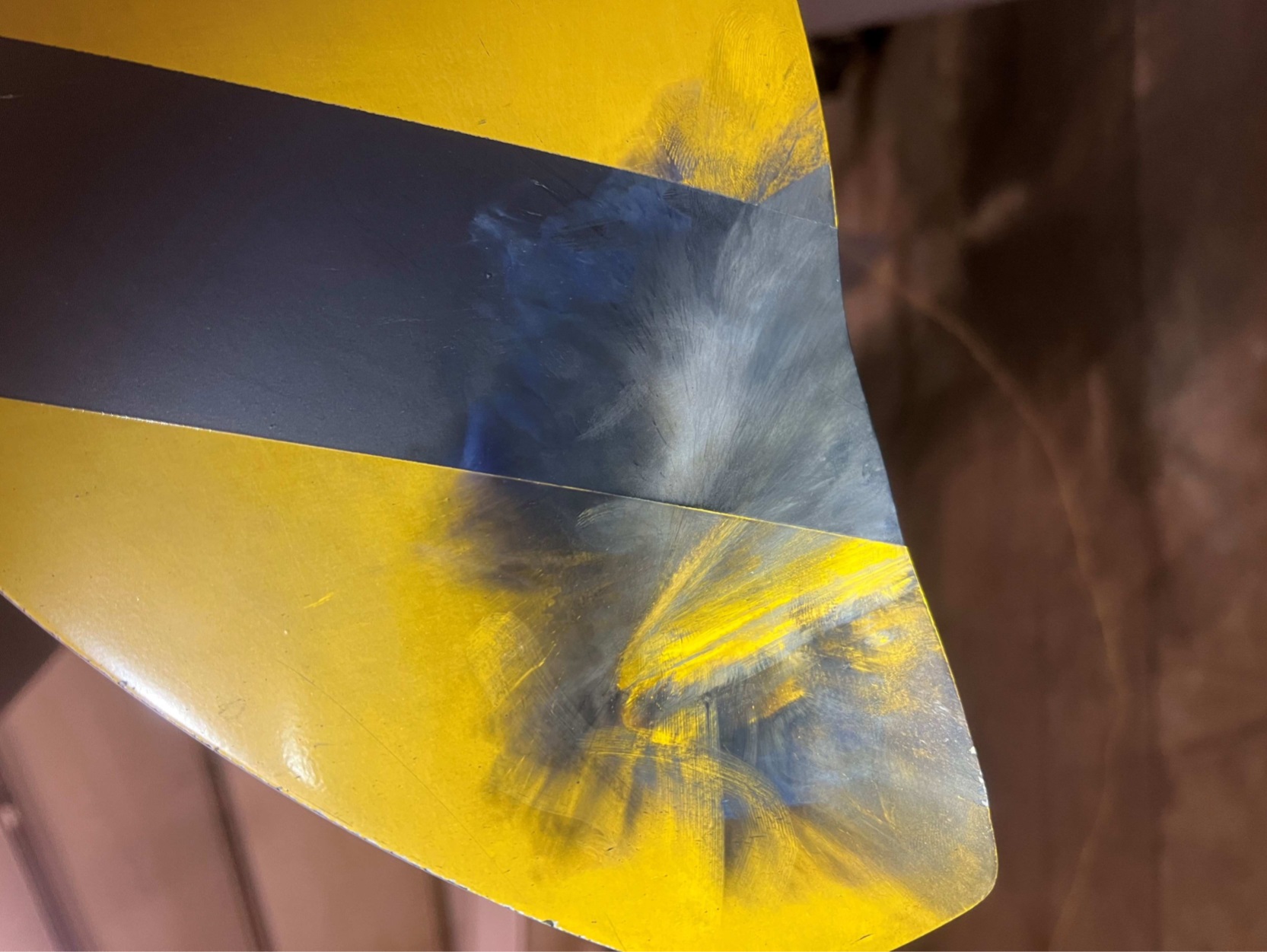In the most recent “dangerously close” aerial encounter between the US and Russian military, a Russian Su-35 fighter jet damaged an American MQ-9 Reaper drone in Syria, the US Air Force announced on July 25.
In a statement, US Air Forces Central (AFCENT) commander Lt. Gen. Alex Grynkewich revealed that on July 23 at approximately 12:23 a.m. local time, a Russian aircraft flew “dangerously close” to a US drone, harassing the MQ-9 and deploying flares from a position directly overhead, with only a few meters of separation between aircraft.
The service also released footage showing the Russian Su-35 fighter jet’s approach towards the Reaper drone, coming so close that the American drone’s camera captured images of the pilot in the cockpit.
Shortly after, the gripping footage takes a dramatic turn as the Russian jet is seen flying over the top of the American drone and releasing four flares, with at least one striking the Reaper, “severely damaging” its propeller, as stated by AFCENT.
The accompanying images reveal a large, black burn mark near the propeller’s tip, showcasing the intense heat and force of the flare that left the propeller bent and mangled.
On July 23 Russian military aircraft deployed flares, damaging a U.S. MQ-9 while conducting a defeat-ISIS mission. For the full statement by Lt. Gen. Alex Grynkewich, Commander, 9th AF (AFCENT) visithttps://t.co/5cQm8MQ6aQ@CENTCOM @DeptofDefense @usairforce @CJTFOIR pic.twitter.com/ViVTI3P05i
— US AFCENT (@USAFCENT) July 25, 2023
Despite the damage caused by the flare, Grynkewich reassured that the drone’s operational capabilities remained intact, stating, “Fortunately, the MQ-9 crew was able to maintain flight and safely recover the aircraft to its home base.”
The US has refrained from disclosing the possible reasons behind the Russian behavior or providing specific details regarding the location of the incident in Syria.
“The Russian fighter’s blatant disregard for flight safety detracts from our mission to ensure the enduring defeat of ISIS. We call upon the Russian forces in Syria to put an immediate end to this reckless, unprovoked, and unprofessional behavior,” Grynkewich added.
At timestamp 0.11 seconds in the video, an object next to the external fuel tank on board, the MQ-9A ER, appeared to be blurred out by the US Air Force.

Amelia Smith, a defense analyst, suggested that based on the limited visible details and the overall shape, the object in question appeared to be an AGM-114 missile on an M310 launcher.
Twitter user IntelWalrus, retweeting Amelia’s post, suggested that the US Air Force blurred the object, possibly a Hellfire missile, due to the likelihood that some variants used against ISIS, such as the infamous “ninja blade” version, have never been publicly photographed before detonation and are likely classified.
Previous Incidents
The encounters between the two militaries have noticeably escalated in recent months. In a similar incident over the Black Sea in March, a Russian Su-27 fighter jet also targeted a US drone of the same type, damaging its propeller and forcing it to crash into the water.
But in the most recent incident, the damage caused to the propeller of the US military drone by the Russian fighter jet was less severe compared to the previous encounter in March 2023.
Meanwhile, the frequency of encounters between Russian fighter jets and US drones operating over Syria has also increased.
Both militaries have a presence in the country but with distinct objectives: the US military is actively engaged in the ongoing campaign against ISIS, while the Russian military supports Syria’s Assad regime.
Recently, Chairman of the Joint Chiefs of Staff Gen. Mark Milley acknowledged that US analysts are actively investigating the underlying causes behind the increased frequency of aggressive Russian actions.

According to US officials, some encounters over Syria have extended for as long as two hours.
On July 5, three Russian jets harassed three US drones, deploying parachute flares in front of them, leading to evasive actions by the drone operators. One Russian jet even activated its afterburner in front of a US drone.
During an ISIS mission, another Russian jet dropped flares near a US MQ-9 drone the following day. Subsequently, the next day, a Russian fighter jet harassed three MQ-9 drones with 18 close passes, necessitating evasive maneuvers to avoid unsafe situations.
Despite this, the drones managed to execute a strike against a senior ISIS leader. On July 14, a senior US defense official reported another unprofessional encounter as a Russian fighter jet flew near an MQ-9 Reaper drone over Syria.
On July 16, an American MC-12 Liberty, a compact turboprop surveillance aircraft, got caught in the turbulence created by a Russian fighter jet. The US officials expressed that this occurrence endangered the lives of the four crew onboard the MC-12.
The repeated incidents have added to the growing concerns over the escalated confrontations between the two military forces in the region.
- Contact the author at ashishmichel(at)gmail.com
- Follow EurAsian Times on Google News




